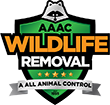How big is the pest control industry in the US?
“The U.S. pest control industry has grown into a $26+ billion powerhouse, driven by rising urban populations, shifting climates, and increasing awareness of health and safety risks. It’s no longer just about insects—wildlife control is one of the fastest-growing segments, offering humane and long-term solutions for homeowners. As demand continues to surge across both residential and commercial sectors, pest control has become an essential service nationwide. With expert providers like AAAC Wildlife Removal leading the way, the industry shows no signs of slowing down.”
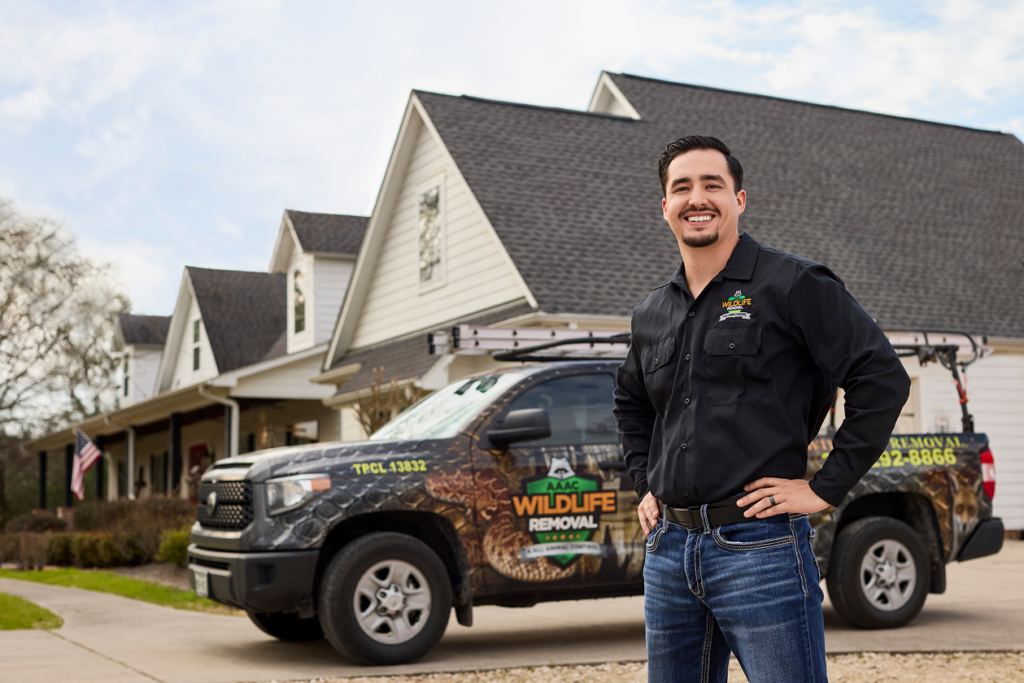
The pest control market in the United States is far bigger—and more essential—than most people realize. From rodents sneaking into city apartments to wildlife invading suburban attics, the demand for pest and wildlife services continues to climb. As urban areas expand and weather patterns shift, so does the need for experts who can keep homes, businesses, and public spaces pest-free.
At AAAC Wildlife Removal, we’re proud to be part of a growing network of pest control businesses that specialize in humane wildlife control solutions. In this post, we’ll take a closer look at how big the pest control industry really is, what’s fueling its growth, and why wildlife removal plays an increasingly important role in keeping the ecosystem—and your home—balanced.
How Big Is Pest Control Industry Size: By the Numbers
The pest control industry in the U.S. is worth over $26 billion as of 2024, reflecting steady growth from previous years like 2023 and showing no signs of slowing as we move toward 2025. This includes everything from termite treatments to rodent control, but also a rising demand for specialized pest control service offerings such as humane wildlife removal. With an annual growth rate hovering around 5%, it’s clear that this isn’t just a seasonal business—it’s a year-round, nationwide operation with expanding influence.
There are currently over 30,000 pest control companies operating across the country, employing more than 150,000 workers in various roles, from field technicians to customer service reps. The market share of wildlife and specialty services is climbing, especially as consumers look for eco-conscious and ethical solutions. On a broader scale, the global pest control market continues to grow in tandem with the U.S., highlighting the critical role pest management plays in both local communities and the international economy.
Key Sectors Within the Industry
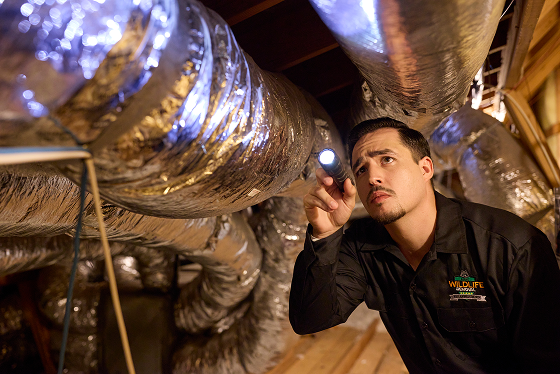
The pest control industry isn’t a one-size-fits-all service. It’s made up of several specialized sectors that address different types of infestations and property concerns. Together, these sectors reflect the growing demand for pest control across the U.S. and the increasing complexity of modern pest management services. Let’s break them down:
Residential Pest Control
This is the most common service area, covering everything from ant invasions to bed bug treatments. With millions of single-family homes and apartment units across the country, residential pest management services remain a key driver of industry growth.
Homeowners now expect more than just quick fixes—they want targeted solutions that minimize risk to pets and children. From mosquito treatments to rodent exclusion, service providers are expanding their range of pest control products and techniques to meet diverse household needs.
Commercial and Industrial Services
Businesses can’t afford downtime due to pest issues. Restaurants, warehouses, schools, and office buildings rely on licensed professionals to maintain clean, compliant environments. These services often include regular monitoring, detailed reporting, and customized treatment plans.
As commercial spaces grow in size and complexity, so does the need for highly responsive, compliant pest control products and solutions. Large-scale contracts have become a significant piece of the industry’s revenue, reflecting rising expectations across corporate facilities.
Wildlife Control and Exclusion
This fast-growing niche focuses on animals like raccoons, squirrels, bats, and birds—especially in urban and suburban areas. Unlike standard pest control, wildlife removal requires humane methods, habitat assessment, and long-term exclusion strategies.
AAAC Wildlife Removal leads this space by offering tailored wildlife services that not only address current intrusions but also prevent future ones. With rising demand for pest control that respects ecological balance, humane wildlife services are becoming a priority for many homeowners.
Termite and Structural Treatments
Termites cause billions in property damage every year. This segment is highly specialized and typically includes preventative treatments, soil barriers, and wood restoration—essential for long-term structural integrity.
Because termite infestations can remain hidden for years, demand for professional termite monitoring and long-term pest control products has surged. This area of service continues to play a critical role in protecting property value.
Eco-Friendly and IPM Solutions
Integrated Pest Management (IPM) is gaining popularity for its focus on minimal chemical use and sustainable prevention techniques. This is especially important in schools, hospitals, and eco-conscious households.
These environmentally responsible pest management services often combine physical barriers, biological control agents, and targeted applications. As consumer preferences shift toward safer, greener alternatives, IPM is helping redefine what effective pest control looks like in 2024 and beyond.
What’s Driving the Growth?
The pest control industry isn’t expanding by accident—it’s being fueled by a mix of environmental, social, and economic factors that continue to ramp up demand nationwide.
Urbanization and Population Growth
As more people move into densely packed cities and suburbs, the opportunities for pest encounters multiply. Rodents, insects, and wildlife all thrive in environments where food, water, and shelter are readily available—making populated areas hotspots for infestations.
Climate Change and Longer Pest Seasons
Warmer temperatures mean pests are active for longer periods throughout the year. In many regions, pest seasons that used to peak in summer now stretch into spring and fall. This extended activity puts more strain on homeowners and property managers who need year-round protection.
Public Health and Safety Awareness
There’s a growing understanding of the health risks pests can bring—like ticks carrying Lyme disease or rodents spreading bacteria through droppings. With more people focused on sanitation and home safety, pest control is seen as a preventative measure, not just an emergency fix.
Wildlife Control: A Fast-Rising Niche
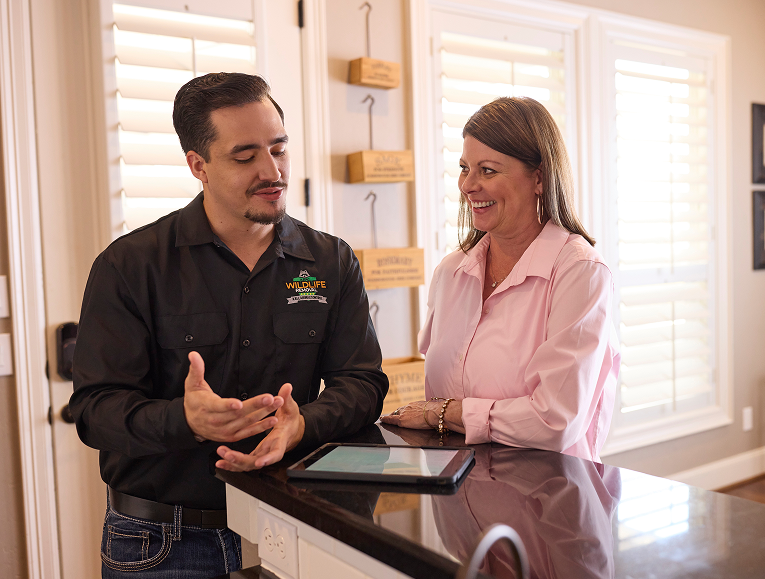
While bugs and rodents still dominate the headlines, wildlife control has become one of the fastest-growing segments of the pest control industry. From squirrels chewing on wires to raccoons tearing through insulation, wildlife problems can be just as disruptive—and far more complex to resolve.
Unlike standard pest services, wildlife removal demands a different skill set. It’s not just about trapping and relocating. It involves inspecting entry points, sealing vulnerabilities, installing exclusion barriers, and understanding the behaviors of various species. That’s why more homeowners are turning to specialized providers like AAAC Wildlife Removal to handle these jobs with precision and care.
The demand for ethical, humane, and long-lasting solutions has never been higher. Customers don’t just want animals gone—they want to keep them out for good, without harming them or damaging their property. That shift in mindset is pushing wildlife control to the forefront of the industry, carving out a distinct and valuable space in the market.
Business Opportunities in Pest Control
The pest control industry is more than just bug spray and traps—it’s a growing business opportunity with long-term potential. From solo operators to full-scale franchises, this space is filled with paths for entrepreneurs looking for a recession-resistant venture. Let’s take a look at what’s driving this surge in business interest.
Franchising on the Rise
Pest control franchises have become a go-to option for aspiring business owners who want to skip the trial-and-error phase. Brands like AAAC Wildlife Removal offer a complete training and support system, making it easier to get started even without prior experience. Franchisees benefit from name recognition, field-tested systems, and a reliable customer base that trusts professional help over DIY attempts.
One of the biggest advantages? A lower initial investment compared to other service industries. Unlike restaurants or retail, pest control doesn’t require a large storefront or expensive inventory. With basic equipment, a service vehicle, and solid training, franchise owners can launch operations quickly and start generating revenue faster than many traditional businesses.
Opportunities in Underserved Areas
While urban areas may have a surplus of pest control companies, many rural and suburban regions are still lacking access to specialized services like wildlife removal. This creates a strong opportunity for new operators to dominate local markets, especially with growing awareness of humane exclusion and prevention practices.
These underserved regions often face their own unique pest issues—think bats in barns, squirrels in attics, or raccoons raiding gardens. With the right training program and support network, entrepreneurs can tailor their offerings to local needs and build a business that delivers real value while filling a much-needed gap in the market.
Why Customers Choose Professional Services
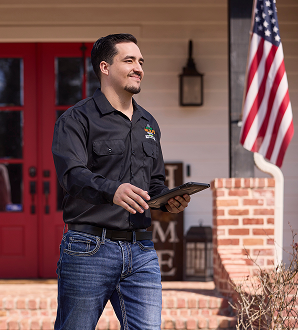
For many homeowners, pest problems start small—but escalate fast. And when the issue moves beyond a can of spray or a snap trap, people turn to professionals who know exactly how to handle the situation. The demand for expert services continues to grow as customers recognize the value of safety, experience, and long-term prevention.
Health and Safety Concerns
Pests and wildlife aren’t just nuisances—they’re health hazards. Rodents can spread bacteria, insects can trigger allergies, and raccoons or bats may carry parasites or diseases. DIY methods often fail to fully eliminate the threat or unintentionally expose homeowners to harmful chemicals and contaminated areas. That’s where professional services come in: trained technicians follow strict safety guidelines and use the right tools for the job.
Clients today are more informed and more cautious. They want to know that the solution won’t just push the problem further into the walls—it’ll remove it completely. A licensed provider offers peace of mind by addressing both the infestation and its root cause, while also making sure the home is safe and compliant with local regulations.
Regulatory and Ethical Expectations
Laws and wildlife protection policies vary by state and municipality, and the wrong move—like relocating a bat colony without proper clearance—can lead to hefty fines or legal issues. Professionals stay up to date on local guidelines and know how to navigate these regulations properly. That legal awareness matters a lot when customers want assurance that everything is being done the right way.
Plus, there’s a growing expectation for ethical, humane treatment of animals, especially when it comes to wildlife. Homeowners increasingly prefer companies that use non-lethal methods and focus on long-term exclusion rather than short-term traps. That’s exactly the type of solution AAAC Wildlife Removal offers—making it the clear choice for families who care about doing things responsibly.
A Growing Industry with No Signs of Slowing Down
The pest control industry in the U.S. is thriving—and for good reason. With a market size in the billions and expanding demand for residential, commercial, and wildlife services, it’s a space full of opportunity, innovation, and impact. From protecting public health to preserving property value, pest control has become a critical service in today’s fast-changing environment.
AAAC Wildlife Removal stands at the forefront of this growth, offering specialized wildlife control that goes beyond the basics. We’re not just solving pest problems—we’re helping homeowners take back their space with solutions that are humane, long-lasting, and tailored to their needs. Whether you’re dealing with a stubborn squirrel or planning to launch your own franchise, the future of pest control looks promising—and we’re here to lead the way.
